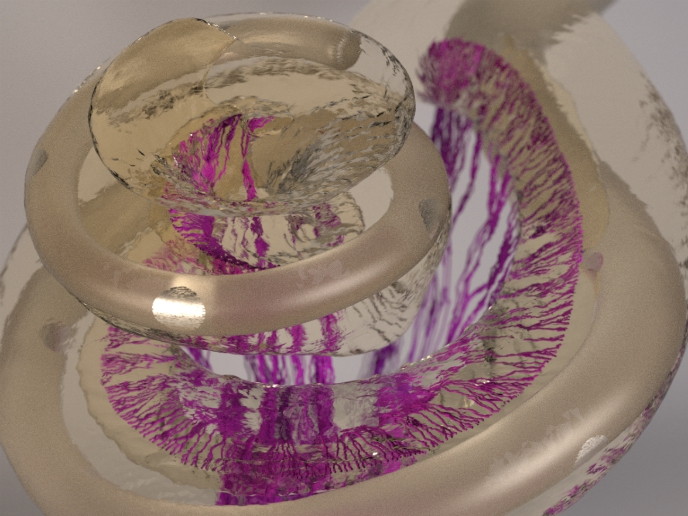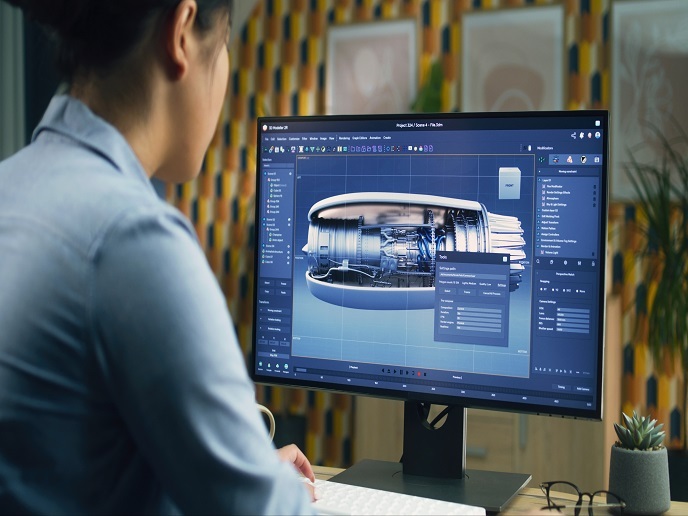Computing the topology of geometric surfaces
When using CAGD systems for designing industrial products as a composition of surfaces, intersection algorithms are used to determine the curves where surfaces meet. The intersection of surfaces can seem mathematically simple. This is true for the intersection of two surfaces when they have a regular parametric representation and intersect transversally. However, when surfaces are near parallel close to the intersection, the implementation of intersection algorithms becomes a real challenge. The primary objective of the GAIA II project was to implement novel intersection algorithms that will improve the performance of CAGD systems and minimise the costs imposed on product creation. Mathematicians at the Université de Nice Sophia-Antipolis in France used simple techniques such as the Delaunay triangulation to approximate the intersecting surfaces. By simplifying detailed geometric surfaces, programs that subsequently process the data to identify intersection curves can be accelerated and the time required to display the product model decreased. Nevertheless, traditional surface intersection algorithms based on recursive subdivision will run for a long time before concluding that no results can be found in the case of non-transversal intersections. Using the Delaunay triangulation still left room for quite different approaches to the reconstruction of intersecting surfaces and for improvement in the intersection algorithms. Think3, the industrial partner of the GAIA II project, implemented the triangulation-based intersection algorithm in a software source code that allowed refinement of the intersection curves identified to the desired accuracy. The triangulation-based intersection algorithm provided a reference implementation for monitoring the time and memory consumption of more advanced intersection algorithms introduced during the GAIA II project. These include algorithms combining numeric methods for approximating the geometry of surface-to-surface intersections with computing the exact topology of intersections between parametric surfaces.







